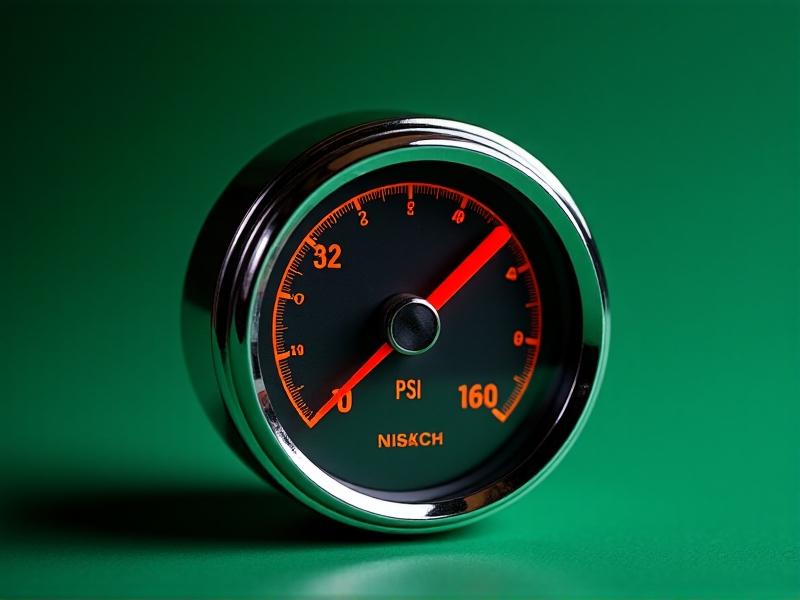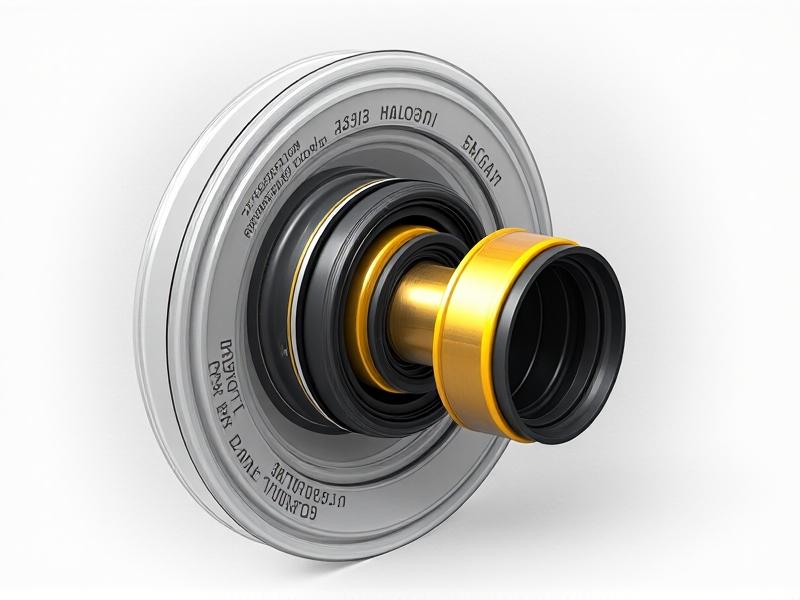```html
The Penny Test: A Classic but Flawed Method
For decades, drivers have relied on the penny test to gauge tire tread depth. Insert a Lincoln penny into the tread groove with Lincoln’s head facing downward. If the top of his head remains visible, the tread is too worn. While simple, this method has critical limitations. A penny measures approximately 2/32 of an inch—the legal minimum tread depth in the U.S.—but waiting until tread wears to this level risks compromised safety. Tires lose significant wet-weather performance well before hitting 2/32”. Relying solely on the penny test is like ignoring a “check engine” light until the car breaks down: reactive rather than proactive.
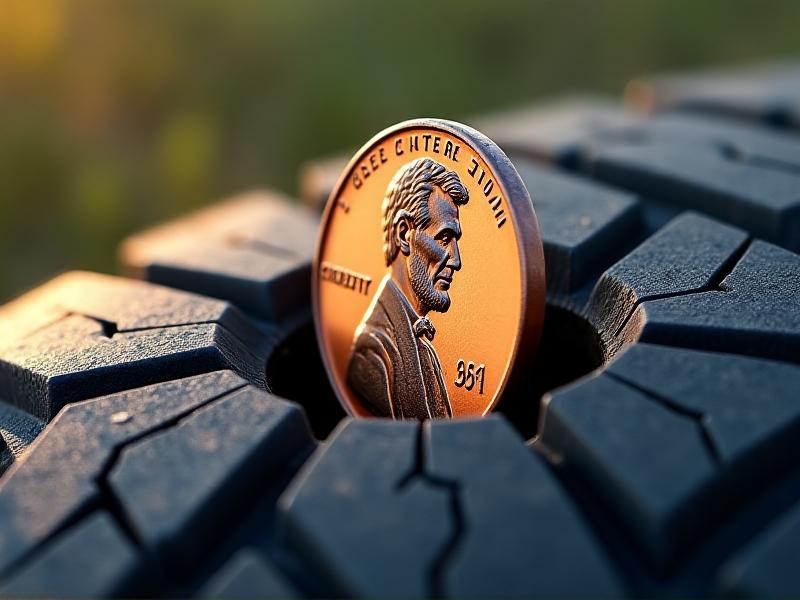
Why Tread Depth Matters: Safety and Performance
Tread depth directly influences traction, braking distance, and hydroplaning resistance. Deeper grooves channel water away from the tire’s contact patch, maintaining grip on wet roads. Studies show tires with 4/32” tread depth have double the stopping distance of new tires (10/32”) in rainy conditions. Winter driving demands even deeper tread: snow and slush require ample space to compact within grooves. Beyond safety, tread impacts fuel efficiency. Worn tread increases rolling resistance as tires lose shape, forcing the engine to work harder. Regular depth checks aren’t just about legality—they’re about preserving control and economy.
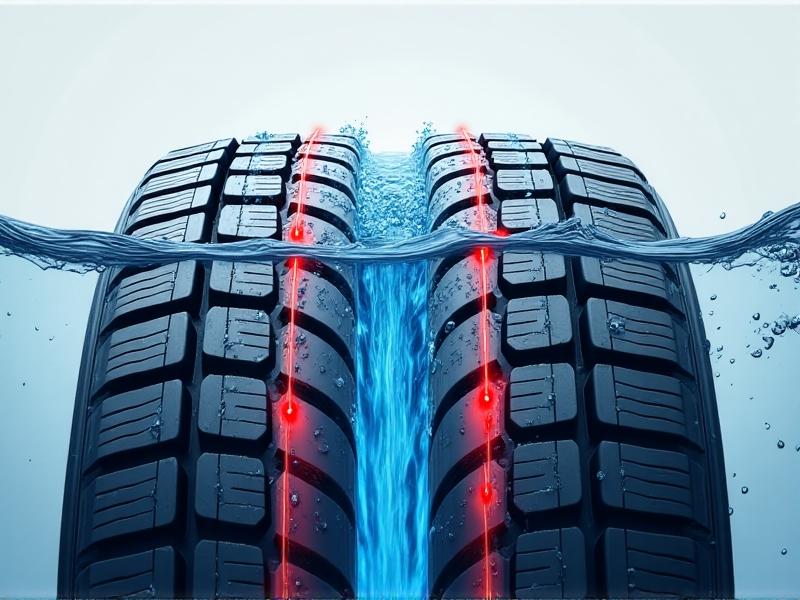
The Tread Depth Gauge: Precision in Your Pocket
For accurate measurements, invest in a tread depth gauge. These compact tools, costing under $10, feature a calibrated probe that extends into the groove. Digital gauges display readings in inches or millimeters, eliminating guesswork. To use, press the gauge’s base against the tire surface and extend the probe until it touches the groove’s bottom. Take measurements across multiple tread rows and around the tire’s circumference, as wear can be uneven. Consistent readings below 4/32” signal it’s time for replacement. Unlike the penny test, gauges provide granular data, empowering drivers to anticipate wear trends.
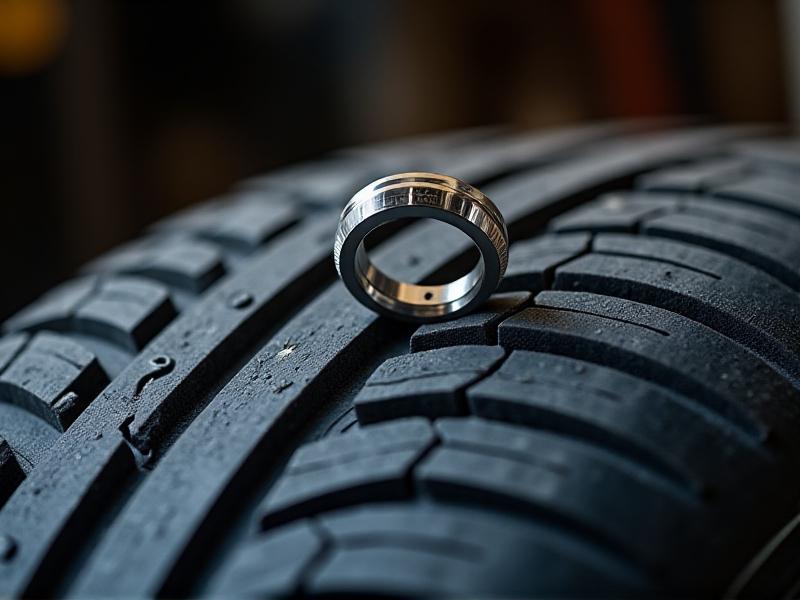
Advanced Techniques: Laser Scanners and Wear Sensors
Modern vehicles increasingly integrate smart tire technologies. Laser-based tread scanners, used in professional garages, create 3D maps of tread wear, identifying subtle irregularities indicative of alignment issues. Some luxury cars feature embedded tire wear sensors that monitor depth via RFID or ultrasonic waves, alerting drivers via dashboard notifications. Aftermarket solutions like TireBot sensors clip onto valve stems, syncing with smartphones to track real-time tread data. These innovations transform passive maintenance into proactive care, though they complement—not replace—manual checks.

Legal Standards vs. Manufacturer Recommendations
While 2/32” is the U.S. legal minimum, most tire manufacturers recommend replacement at 4/32” for all-season tires and 6/32” for winter variants. European regulations enforce a stricter 1.6mm (approximately 1/16”) limit, but adhering to this risks hydroplaning even in moderate rain. Commercial trucking standards are more nuanced: the Federal Motor Carrier Safety Administration requires 4/32” on front tires and 2/32” elsewhere. Always cross-reference local laws with your tire’s warranty guidelines—some brands void coverage if tread falls below their specified thresholds, regardless of legal compliance.
Beyond Measurement: Prolonging Tread Life
Maximizing tread longevity starts with proper inflation. Underinflated tires flex excessively, wearing outer shoulders; overinflation erodes the center rib. Rotate tires every 5,000–7,500 miles to balance wear between front and rear axles. Alignment checks prevent uneven “feathering” caused by misaligned wheels. Avoid aggressive acceleration and braking, which shear off rubber prematurely. Storage matters too: UV exposure degrades rubber, so park in shade or use tire covers. Combining these habits with regular depth checks creates a holistic approach to tire health—one that transcends simple measurement.
